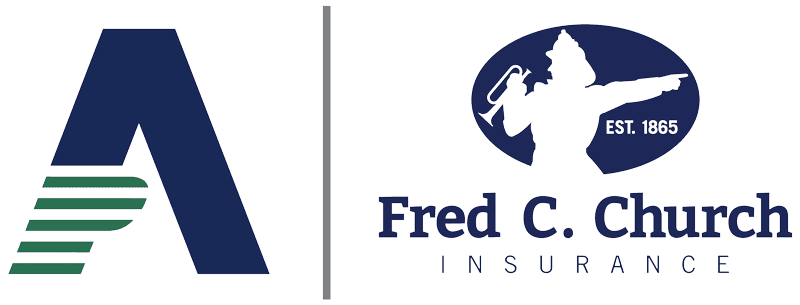As one of the industry’s leading risk management specialists, the Fred C. Church Outdoor + Adventure practice group addresses misconceptions on a daily basis that we gladly, and expertly, debunk for our clients and business associates. We decided to take all of this knowledge and turn it into a series of mythbusting blogs so that you could readily access this information whenever you need it.
Before you read Myth #3, you may be interested in reading our two previous posts in which some of the experts we partner with exposed the long-held belief that job applicants must provide a physical exam as part of the interview process as false (Myth #2) and declared that Murphy’s Law is simply wrong (Myth #1).
Now, moving on to our third installment of our mythbusters series, we are excited to have our very own Mark Vermeal, Senior Safety and Risk Management Executive here at Fred C. Church, artfully explain why the following common misconception could not be further from the truth for most outdoor and adventure-based businesses:
“OSHA rules and regulations do not apply to outdoor and adventure-based businesses because they work in environments and do activities that OSHA doesn’t understand.”
Mark, who is nationally recognized in the field of safety and risk management, shares his knowledge and sets the record straight below.
The Occupational Safety and Health Administration (OSHA) is an agency of the United States Department of Labor and, under the OSHA law, it requires employers to provide a safe and healthful workplace for their workers. According to their publication All About OSHA, their mission is to “assure safe and healthy working conditions for working men and women by setting and enforcing standards and by providing training, outreach, education, and compliance assistance.”
Although there are some workers that are not covered by OSHA, namely the self-employed, immediate family members of farm employers, and those working in hazardous environments that are regulated by another federal agency (for example, the Mine Safety and Health Administration, the Department of Energy, or the Coast Guard), OSHA covers most private sector employers and workers across the US and its jurisdictions. In 26 states, workers are covered by OSHA-approved state plans; in all other locations, they are covered by federal OSHA.
It’s important to note that, while OSHA regulations/standards do not specifically address the activities of the outdoor and adventure industry, there was a recent case in which the requirements were extended to the personal gear an employee used while working as a mountain guide. Additionally, all employers are subject to the General Duty Clause which reads:
“Each employer …
(1) shall furnish to each of their employees employment and a place of employment which are free from recognized hazards that are causing or are likely to cause death or serious physical harm to his employees
(2) shall comply with occupational safety and health standards promulgated under this Act
(3) shall comply with occupational safety and health standards and all rules, regulations, and orders issued pursuant to this Act which are applicable to his own actions and conduct
Consequently, as an employer, it is your responsibility to know the hazards associated with your operations and take active steps to eliminate or mitigate the risks to your employees.
Employee safety and OSHA is an important and complicated topic that requires diligence on your part as an outdoor and adventure-based business. Having experts on your team, like experienced legal counsel, who are dedicated to understanding OSHA’s complex rules and regulations (and/or other state safety laws) and how they apply to your operation is something Fred C. Church Outdoor + Adventure team always recommends to our clients.
However, since not every business we work with has access to these types of resources, today, at minimum, we wanted to help you understand that these rules apply to your business, even in the most obscure wilderness environments and even if you employ just a small team.
For additional resources on this topic, Mark recommends you read OSHA: Complying With Workplace Health and Safety Law or contact Fred C. Church to set up a consultation with a member of our team.
We would be happy to help you with a specific project, such as conducting a risk assessment or provide general support and guidance on how to apply OSHA’s rules and regulations to your organization. Our team will work with you to develop an individual strategy that can help mitigate the risks your employees face when operating in the field, and minimize the injuries to them and your participants.
We hope that you have taken some valuable learnings away from today’s mythbusters blog. In our next post, you will be hearing from Attorney Cathy Hansen-Stamp who will share her thoughts on a somewhat controversial subject that we’re sure you are all too familiar with – Waivers and Releases. Many of you probably have your participants sign these pieces of paper before joining your programs, so it’s essential that you read Myth #4 in which Attorney Hansen-Stamp will demystify the true purpose of these documents and highlight their strengths and weaknesses.
Disclaimer:
The Fred C. Church myth series is intended to spark ideas and conversation around the risks our business associates and clients face on a daily basis. Although we hope you learn from our distinguished experts, before making any insurance or legal decisions that could affect your organization we recommend you first consult with your attorney or insurance broker.



